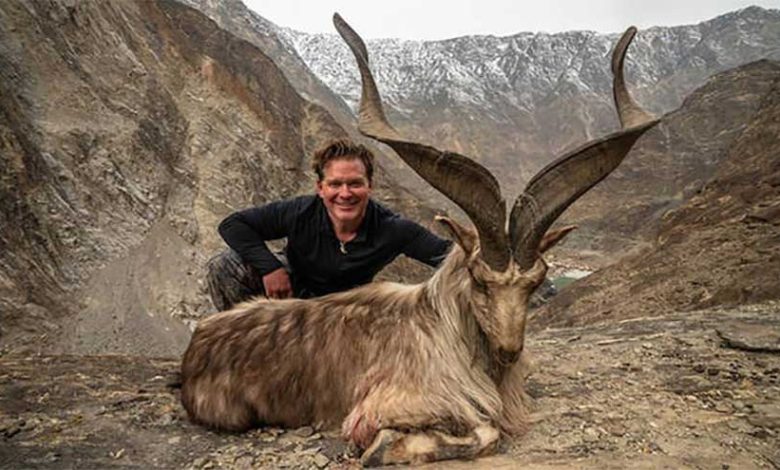KP reported that trophy hunting permits brought in a record $1.9 million.

According to provincial officials on Tuesday, Khyber Pakhtunkhwa (KP) has raised $1.9 million from its 2025–26 Trophy Hunting Program, with the majority of the money going to the local populace.
In addition to giving locals a means of subsistence by encouraging ecotourism in the province, the trophy hunting program assists authorities in stopping poaching and protecting endangered animals.
Four exportable markhor permits brought in $946,000, nine non-exportable markhor permits brought in $553,300, twenty non-exportable ibex permits brought in $16,042, and six non-exportable grey goral permits brought in $398,500.
The national animal of Pakistan is the markhor, a twisted-horned wild goat that lives in the country’s mountainous north. There are several hunts during the trophy hunting season, which typically starts in November and lasts until April.
“A major share of the revenue is distributed among local communities living near wildlife habitats so they can benefit directly from the program.”
Because trophy hunting entails the killing of endangered creatures, it is considered a contentious practice globally. However, KP authorities claim that by giving locals a sizable portion of the profits, they have established significant incentives for the preservation of species like the markhor.
In 2024, trophy hunting permits for over 100 endangered animals were put up for auction by the parks and wildlife department in Gilgit-Baltistan, Pakistan; the permit for the Astore Markhor goat brought the highest offer of $107,000.